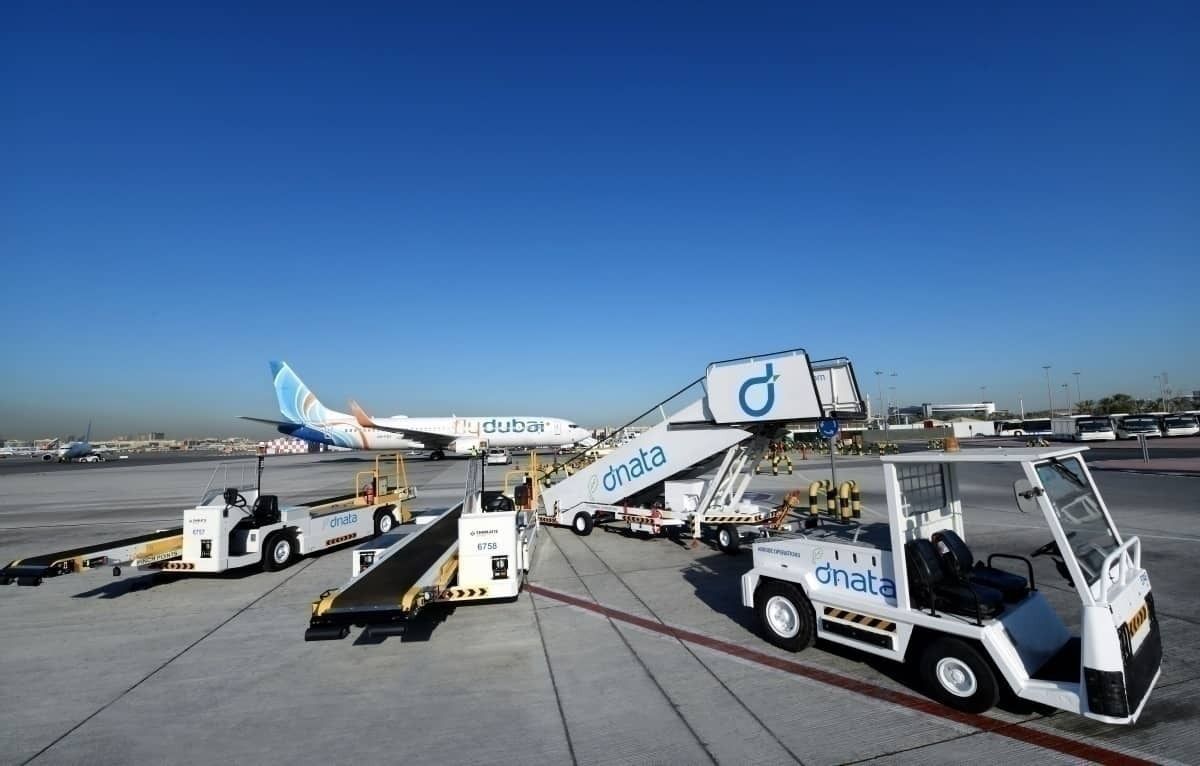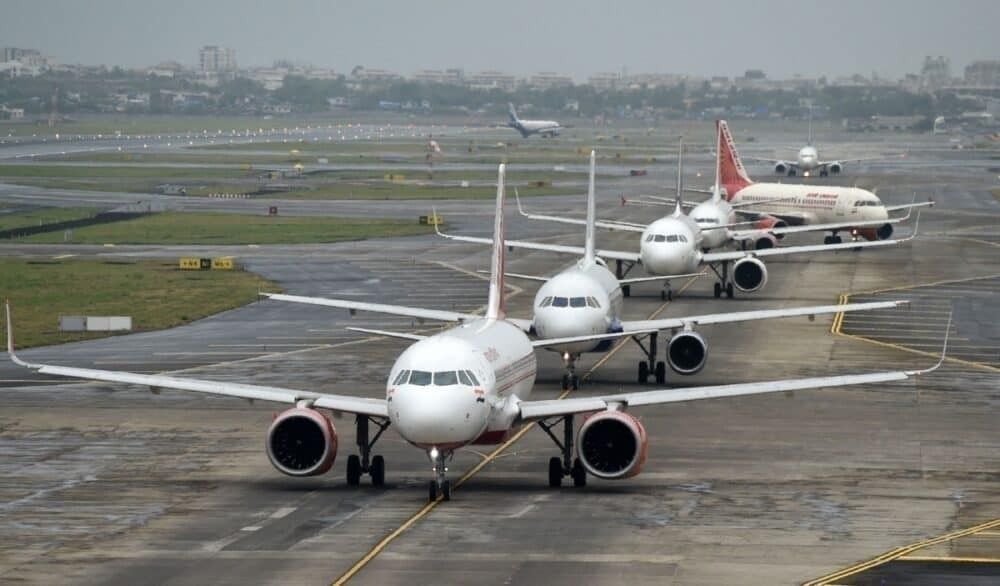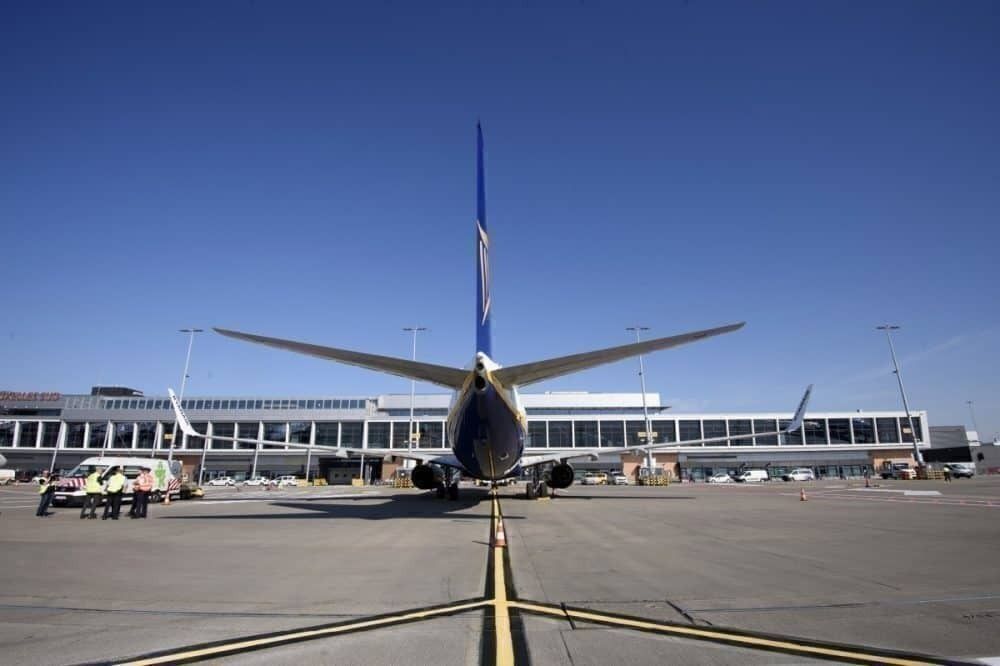A common mantra in the aviation industry is “the plane is not making any money while it is on the ground”. This somewhat straightforward statement simplifies the underlying operational hustle faced by the airline industry. It also represents the strive for efficiency, as airlines wish to keep their planes grounded for as short as possible. Turnaround times are essential to this industry. Hence their good understanding can be useful and interesting.
Turnaround time
The turnaround time (TAT) of an aircraft is the time that passes from landing until take off for a new flight. While stationary, the airline is not earning any revenue with its plane, while facing many costs at the same time. Examples include airport fees, leasing costs or depreciation, and some fixed costs, which can be partially attributed to each flight. On top of that, one should not forget about the opportunity cost of the tickets, which would have been sold, if the plane was not grounded.
Providing a numerical estimate of the hourly cost of a grounded aircraft is quite complicated, given its high variability. There are many factors affecting cost-of-grounding, such as aircraft financing, aircraft type, route, fuel expenses, load factors, and more. Turnaround becomes more critical in short-haul operations, where they account for a higher percentage of the flight time. This is why efficiencies there are more important.
Why is it important
Let’s assume that an average short-haul airliner will fly one-hour segments all day long, starting at 08:00 and finishing at 22:00. If the turnaround time is roughly an hour, the daily operational window will suffice for seven flights (and one hour spare). However, if the turnaround time was shortened by 8 minutes or 13%, the airline would be able to operate an extra flight that day, potentially increasing the revenues by tens of thousands of dollars. This example explains the importance of fighting for every minute when it comes to taxiing, unloading, reloading, boarding, and pushback.
Many airlines, especially the low-cost ones, have achieved a close-to mastery in turnaround time efficiency. The LCC’s begin boarding and line people up, long before the airplane touches down. It takes Ryanair just 25 minutes to complete this fast-paced, challenging process, while Wizzair oscillates around 30 minutes, similarly to Southwest. For most traditional carriers, such as American Airlines, Lufthansa, or British Airways, the turnaround-times average around an hour.
How to speed it up
There are some interesting ways in which the process can be expedited and optimized. If you have ever flown with Ryanair and wondered why the seatback pocket is missing, turnaround time efficiency is the answer. Back in 2004, their removal greatly reduced the time for which the Ryanair aircraft stayed on the ground. That’s is because it takes more time to clean an airplane with seatback pockets.
Technology could prove very useful in optimizing the process too. Well-integrated, technology-driven ground-handling processes create an overview of all actions happening around the aircraft, helping reduce turnaround times and delays. A well-scheduled action plan is also crucial, as it allows crews to perform multiple tasks simultaneously, gaining valuable seconds.
The slowest part of the entire process is deboarding and boarding of passengers. Using both rear and front doors can help to shorten both processes by almost a half. The two-door efficiency is a contributing factor to why many low costs so rarely use sky bridges.
Boarding segmentation strategies are usually applied towards wide-bodies, where airlines split the passengers into zones and board them accordingly. For narrow bodies, such segmentation might not be as beneficial; however, looking for boarding efficiencies is needed.
According to Boeing: Since 1970, the actual speed at which passengers boarded an airplane has slowed by more than 50 percent, down to as low as 9 passengers per minute, mainly due to the ever-increasing amount of carry-on items brought in by the passengers.
A solution might be segmenting the passengers not by only by zone, but by also row, allowing window passengers to enter as first ones, followed by middle-seated ones and completing the process by aisle-seated.
What else do you think can be done to improve turnaround time? Let us know in the comments.



